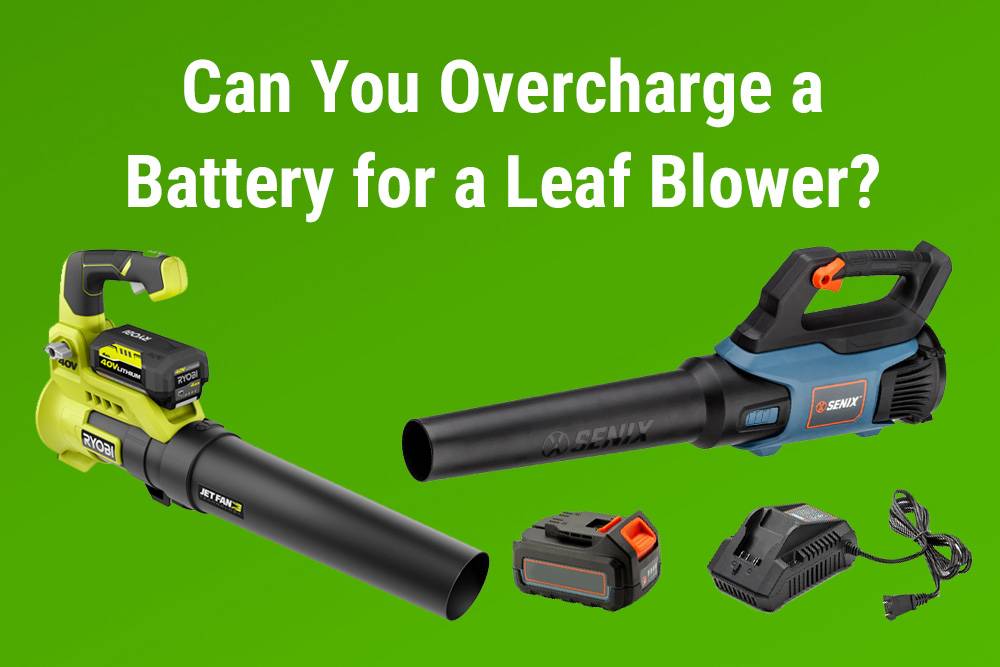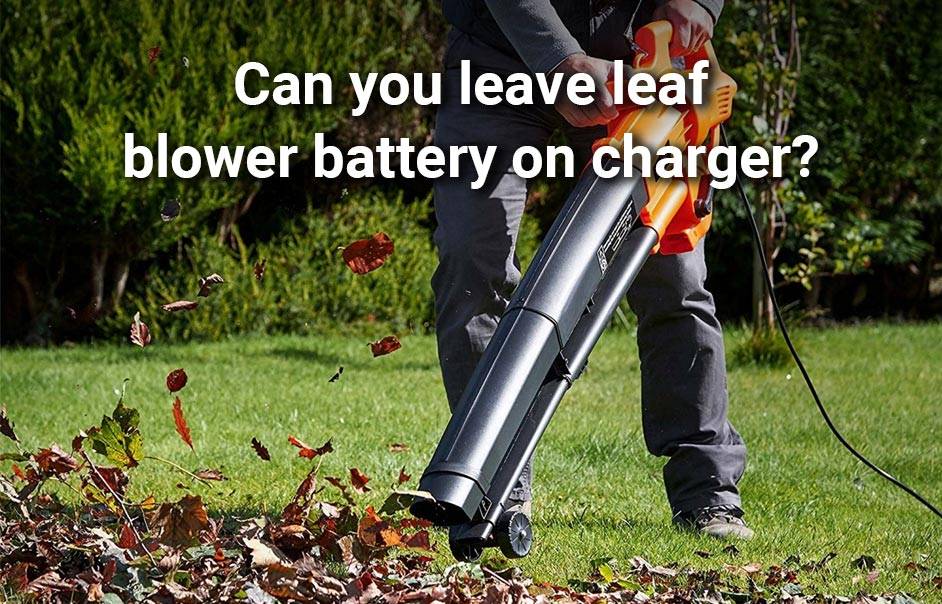- Forklift Lithium Battery
-
48V
- 48V 210Ah
- 48V 300Ah
- 48V 420Ah (949 x 349 x 569 mm)
- 48V 420Ah (950 x 421 x 450 mm)
- 48V 456Ah
- 48V 460Ah (830 x 630 x 590 mm)
- 48V 460Ah (950 x 421 x 450 mm)
- 48V 460Ah (800 x 630 x 600 mm)
- 48V 460Ah (820 x 660 x 470 mm)
- 48V 500Ah
- 48V 560Ah (810 x 630 x 600 mm)
- 48V 560Ah (950 x 592 x 450 mm)
- 48V 600Ah
- 48V 630Ah
-
48V
- Lithium Golf Cart Battery
- 12V Lithium Battery
12V 150Ah Lithium RV Battery
Bluetooth App | BCI Group 31
LiFePO4 Lithium
Discharge Temperature -20°C ~ 65°C
Fast Charger 14.6V 50A
Solar MPPT Charging - 24V Lithium Battery
- 36V Lithium Battery
- 48V Lithium Battery
-
48V LiFePO4 Battery
- 48V 50Ah
- 48V 50Ah (for Golf Carts)
- 48V 60Ah (8D)
- 48V 100Ah (8D)
- 48V 100Ah
- 48V 100Ah (Discharge 100A for Golf Carts)
- 48V 100Ah (Discharge 150A for Golf Carts)
- 48V 100Ah (Discharge 200A for Golf Carts)
- 48V 150Ah (for Golf Carts)
- 48V 160Ah (Discharge 100A for Golf Carts)
- 48V 160Ah (Discharge 160A for Golf Carts)
-
48V LiFePO4 Battery
- 60V Lithium Battery
-
60V LiFePO4 Battery
- 60V 20Ah
- 60V 30Ah
- 60V 50Ah
- 60V 50Ah (Small Size / Side Terminal)
- 60V 100Ah (for Electric Motocycle, Electric Scooter, LSV, AGV)
- 60V 100Ah (for Forklift, AGV, Electric Scooter, Sweeper)
- 60V 150Ah (E-Motocycle / E-Scooter / E-Tricycle / Tour LSV)
- 60V 200Ah (for Forklift, AGV, Electric Scooter, Sweeper)
-
60V LiFePO4 Battery
- 72V~96V Lithium Battery
- Rack-mounted Lithium Battery
- E-Bike Battery
- All-in-One Home-ESS
- Wall-mount Battery ESS
-
Home-ESS Lithium Battery PowerWall
- 24V 100Ah 2.4kWh PW24100-S PowerWall
- 48V 50Ah 2.4kWh PW4850-S PowerWall
- 48V 50Ah 2.56kWh PW5150-S PowerWall
- 48V 100Ah 5.12kWh PW51100-F PowerWall (IP65)
- 48V 100Ah 5.12kWh PW51100-S PowerWall
- 48V 100Ah 5.12kWh PW51100-H PowerWall
- 48V 200Ah 10kWh PW51200-H PowerWall
- 48V 300Ah 15kWh PW51300-H PowerWall
PowerWall 51.2V 100Ah LiFePO4 Lithium Battery
Highly popular in Asia and Eastern Europe.
CE Certification | Home-ESS -
Home-ESS Lithium Battery PowerWall
- Portable Power Stations
How Long Does It Take A Battery To Charge For A Leaf Blower?

The charging time for a leaf blower battery typically ranges from 2 to 5 hours, depending on the battery type and charger specifications. Factors such as battery capacity, charger output, and the initial state of charge can influence the overall charging duration. Understanding these variables helps users optimize their charging practices for maximum efficiency.
What Factors Affect Leaf Blower Battery Charging Time?
Several factors affect leaf blower battery charging time, including:
- Battery Capacity: Larger batteries take longer to charge.
- Charger Output: Higher output chargers can charge batteries faster.
- State of Charge: Completely depleted batteries require more time to charge.
- Temperature: Extreme temperatures can slow down the charging process.
| Factor | Description |
|---|---|
| Battery Capacity | Larger capacity batteries (Ah) take longer to charge than smaller ones. |
| Charger Output | Chargers with higher output currents can charge batteries faster. |
| State of Charge | A battery that is completely depleted will take longer to charge than one that is partially charged. |
| Temperature | Charging in extreme temperatures (too hot or too cold) can slow down the process. |
Understanding these factors helps users estimate and manage charging times effectively.
How Long Do Different Types of Leaf Blower Batteries Take to Charge?
Charging times vary by battery type:
- Lithium-Ion: 2 to 4 hours
- Nickel-Cadmium (NiCad): 3 to 5 hours
- Lead-Acid: 4 to 8 hours (depending on capacity)
These averages help users plan their charging schedules based on the specific battery type used in their leaf blower.
| Battery Type | Average Charging Time |
|---|---|
| Lithium-Ion | 2 to 4 hours |
| Nickel-Cadmium (NiCad) | 3 to 5 hours |
| Lead-Acid | 4 to 8 hours (depending on capacity) |
These averages help users plan their charging schedules based on the specific battery type used in their leaf blower.
What Are the Best Practices for Charging Leaf Blower Batteries?
To ensure efficient charging and prolong battery life, follow these best practices:
- Use a Dedicated Charger: Always use the charger designed for your specific battery type.
- Charge in a Cool Environment: Avoid charging in extreme heat or cold, which can affect performance.
- Monitor Charging Time: Keep track of how long your battery has been charging to avoid overcharging.
- Follow Manufacturer Guidelines: Adhere to the recommended charging times and procedures outlined in the user manual.
Implementing these practices can enhance charging efficiency and battery longevity.
How Can You Optimize Charging Times for Leaf Blower Batteries?
To optimize charging times:
- Choose Fast Chargers: Invest in chargers that offer fast charging capabilities while being compatible with your battery.
- Maintain Proper Connections: Ensure all connections are clean and secure to prevent resistance that can slow down charging.
- Charge When Partially Depleted: Instead of waiting until the battery is fully drained, recharge it when it reaches around 20-30% capacity.
These strategies help minimize downtime and keep your leaf blower ready for use.
What Are Common Battery Types Used in Leaf Blowers?
Common battery types used in leaf blowers include:
- Lithium-Ion: Known for fast charging and long life.
- Nickel-Cadmium (NiCad): Offers good performance but has a shorter lifespan.
- Lead-Acid: Typically less expensive but heavier and bulkier compared to other types.
| Battery Type | Characteristics |
|---|---|
| Lithium-Ion | Lightweight, fast-charging, and long-lasting; ideal for most modern leaf blowers. |
| Nickel-Cadmium (NiCad) | Heavier and less efficient but can tolerate deep discharges; often found in older models. |
| Lead-Acid | Cost-effective but bulkier; usually used in larger gas-powered models or older electric blowers. |
Understanding these types helps consumers make informed choices when purchasing or replacing batteries.
How Does Battery Capacity Influence Charging Duration?
Battery capacity, measured in amp-hours (Ah), significantly influences charging duration. Higher capacity batteries require more time to charge fully compared to smaller ones. For example, a larger Ah rating will generally lead to longer charging times under similar conditions, impacting overall usage and maintenance schedules.
Battery capacity, measured in amp-hours (Ah), significantly impacts charging duration:
- Higher Capacity: Batteries with larger Ah ratings require more time to charge fully compared to smaller batteries.
- Charging Rate: The relationship between capacity and charging rate is important; for example, a 5Ah battery will generally charge faster than a 10Ah battery under the same conditions.
This relationship is crucial for planning usage and maintenance schedules.
Frequently Asked Questions About Leaf Blower Battery Charging
Q1: Can I leave my leaf blower battery on the charger overnight?
A1: It’s best not to leave it on overnight unless using a smart charger designed to prevent overcharging.
Q2: How can I tell if my leaf blower battery is fully charged?
A2: Many modern chargers have indicator lights that show when the battery is fully charged; refer to your charger’s manual for specifics.
Q3: What should I do if my leaf blower battery takes too long to charge?
A3: Check connections, ensure you’re using the correct charger, and inspect the battery for any signs of damage or wear.
Industrial News: Trends in Battery Technology
The leaf blower industry is increasingly adopting advanced lithium-ion technology due to its efficiency and reduced weight compared to traditional batteries like NiCad or lead-acid types. Innovations include faster-charging solutions and smart technology that optimizes energy use while prolonging battery life. These advancements reflect consumer demand for more efficient and environmentally friendly power tools.
Redway Power Expert Views on Battery Charging Practices
“Understanding how different factors affect your leaf blower’s battery charging time is essential for maximizing performance,” states an expert from Redway Power. “By following best practices and utilizing appropriate chargers, users can significantly enhance their equipment’s efficiency and lifespan.”


















